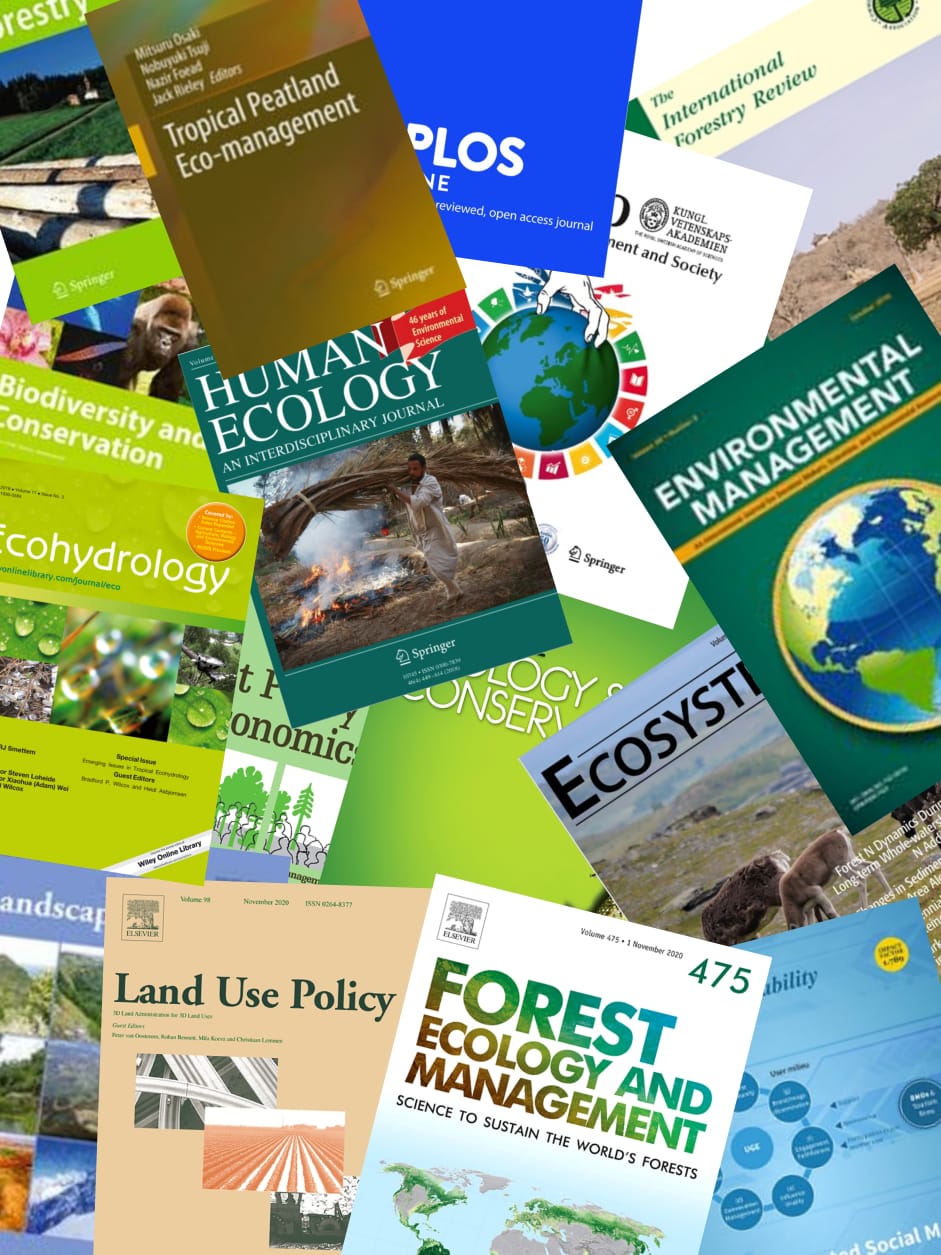Coconut peat (CP) is a product derived from coconut husks and it has been recognized as a valuable resource for the removal of heavy metals, as an oil-sorbent material, and for agricultural purposes. However, large quantities of coconut husks are still discarded yearly, leading to environmental pollution. In this study, a series of CP/polyethylene glycol (CP/PEG) composites were prepared as novel shape-stabilized phase change materials (SSPCMs) by vacuum impregnation to demonstrate a potential new application of CP in the area of thermal energy storage. The composites were investigated by thermogravimetric (TG) analysis, differential scanning calorimeter (DSC), scanning electron microscopy, attenuated total reflection-Fourier transform infrared spectrometer, leakage test, and thermal cycling testing. The results revealed that the CP/PEG composites exhibit minimal leakage of PEG while the composite with a CP/PEG mass ratio of 3:7 has a high latent heat storage of 108.5 J/g and relative enthalpy efficiency of 91.7%. Meanwhile, TG results indicated that it has good thermal stability up to 150 degrees C and the thermal cycling test showed that it has excellent thermal reliability even after 100 thermal cycles. The heat harvesting and releasing performance of the sample was evaluated as well to understand its thermoregulation capability. Therefore, the obtained CP/PEG composite demonstrates that it can potentially be utilized for thermal storage applications such as in wallboard or building materials for passive cooling, thus fostering a cleaner process by realizing energy savings.
View source

